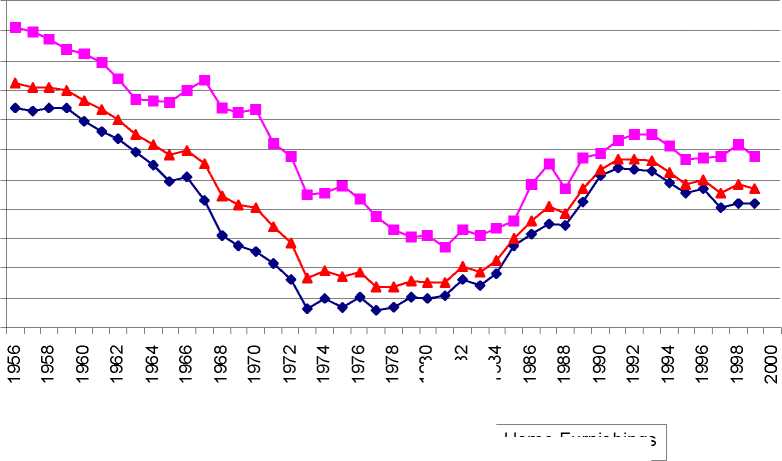Figure 1. Cotton Market Share at U.S. Mills
85%
80%
<υ
о
φ
75%
70%
65%
60%
55%
50%
45%
40%

OQ OQ OO
CD CD CD
Year
—a—Apparel и Home Furnishings ⅛ Apparel and Home Furnishings
35%
30%
Source: Textile Economics Bureau. Textile Organon (serial). Various issues. New York: Textile Economics Bureau.
also includes a special three-step marketing provision to maintain competitiveness of U.S. cotton on
world markets (USITC, 2001).
The CCC has been offering nonrecourse MA loans to cotton growers since its founding in 1938.
Farmers may request loans on any bales of cotton they have harvested and ginned, as long as they insure
them and store them in a USDA-approved warehouse. The loan rate is based on the lower of the adjusted
world price (AWP) or 85 percent of the price received over the past 5 years but is guaranteed to be no
lower than 50 cents per pound and no higher than 51.92 cents.5 If market prices were to rise during the
term of the loan, the grower would be free to sell the cotton and repay the loan, plus fees and charges. If
the loan is not paid off within 10 months of the issue date, the grower defaults on the loan and the cotton
is forfeited to the CCC. As an alternative to placing cotton into the CCC loan program, growers can
apply for a LDP, which allows them to sell their cotton on the market and receive a payment from the
CCC for the difference between the loan rate and the AWP. Growers can also use this provision to pay
More intriguing information
1. Research Design, as Independent of Methods2. The name is absent
3. FDI Implications of Recent European Court of Justice Decision on Corporation Tax Matters
4. Business Cycle Dynamics of a New Keynesian Overlapping Generations Model with Progressive Income Taxation
5. Ventas callejeras y espacio público: efectos sobre el comercio de Bogotá
6. The name is absent
7. Migration and Technological Change in Rural Households: Complements or Substitutes?
8. Creating a 2000 IES-LFS Database in Stata
9. The resources and strategies that 10-11 year old boys use to construct masculinities in the school setting
10. The name is absent